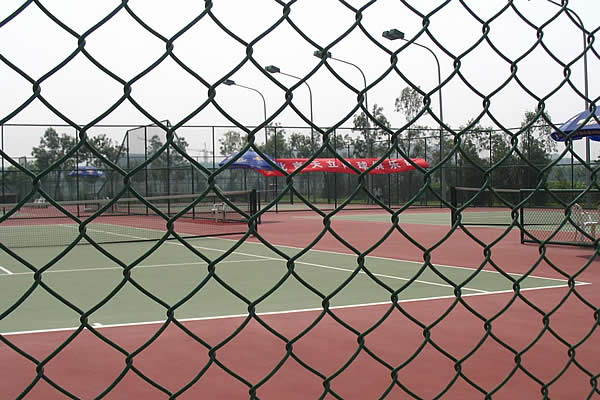 TEL:
+86-13102802206
TEL:
+86-13102802206
 Email:
fencenetting@china.com
Email:
fencenetting@china.com
 Language
Language
 TEL:
+86-13102802206
TEL:
+86-13102802206
 Email:
fencenetting@china.com
Email:
fencenetting@china.com
 Language
Language


Understanding the Price Trends of Electric Iron Wire
Electric iron wire, commonly used in various applications such as construction, electrical wiring, and manufacturing, has gained considerable attention due to its essential role in modern technology and infrastructure. The factors influencing the price of electric iron wire are multifaceted, and they reflect broader economic trends, material costs, and market demand.
The Composition and Characteristics of Electric Iron Wire
Electric iron wire is primarily composed of iron, which is known for its tensile strength, durability, and conductivity. These properties make it suitable for a range of applications, from electrical installations to industrial machines. The quality of iron wire can vary based on its composition, which usually includes elements like carbon, silicon, and manganese. The specific blend of these materials not only affects the performance of the wire but also its price.
Key Factors Influencing Prices
1. Raw Material Costs The price of iron ore and scrap metal significantly affects the cost of electric iron wire. Fluctuations in the global market for these raw materials often lead to price changes. For instance, when demand for steel rises due to construction booms in China or India, the cost of iron ore can increase, subsequently raising wire prices.
2. Production Costs The manufacturing process of electric iron wire involves several steps, including drawing and treating the metal to create the desired thickness and electrical properties. Any change in labor costs, energy prices, or technological advancements in production can impact the overall cost. For example, a rise in energy costs can lead manufacturers to increase their prices to maintain profit margins.
3. Demand in Various Industries The demand for electric iron wire is largely influenced by the construction and manufacturing sectors. As countries continue to develop their infrastructure, the need for reliable and robust wiring solutions grows. For instance, large projects such as building skyscrapers or expanding transportation networks can create spikes in demand, thus affecting prices.

4. Trade Policies and Tariffs International trade policies, including tariffs on imported steel or iron products, play a crucial role in determining the price of electric iron wire. Countries that impose high tariffs on imports can drive up domestic prices, making it more expensive for local industries to procure needed materials.
5. Environmental Regulations With the increasing emphasis on sustainability and production practices that minimize environmental impact, manufacturers may incur additional costs to adhere to regulations. Costs for cleaner technologies or recycled materials can also contribute to price increases.
6. Market Speculation The commodities market often influences prices as traders speculate on future trends. Positive or negative forecasts regarding the economy, construction activity, or imports can lead to significant price volatility.
Recent Price Trends
In recent years, the price of electric iron wire has seen significant fluctuations. The COVID-19 pandemic disrupted supply chains, leading to initial shortages and subsequently increased prices. As economies reopened, pent-up demand led to a resurgence in construction and manufacturing, further tightening the market. In 2021 and 2022, prices soared, driven by both recovery demand and supply constraints.
However, by late 2022 and into 2023, the market began to stabilize. A combination of increased production capacities, maturing pandemic effects, and shifts in global economic dynamics resulted in more predictable pricing. Buyers and suppliers alike have had to adapt, focusing on long-term contracts and strategic sourcing to mitigate risks associated with price volatility.
Conclusion
The price of electric iron wire is a complex interplay of various factors including raw material costs, production processes, market demand, trade policies, and environmental considerations. Understanding these elements is crucial for buyers in the construction and manufacturing sectors as they navigate pricing strategies and sourcing decisions. As the global economy continues to evolve, keeping an eye on these trends will be vital for making informed purchasing decisions in the future.